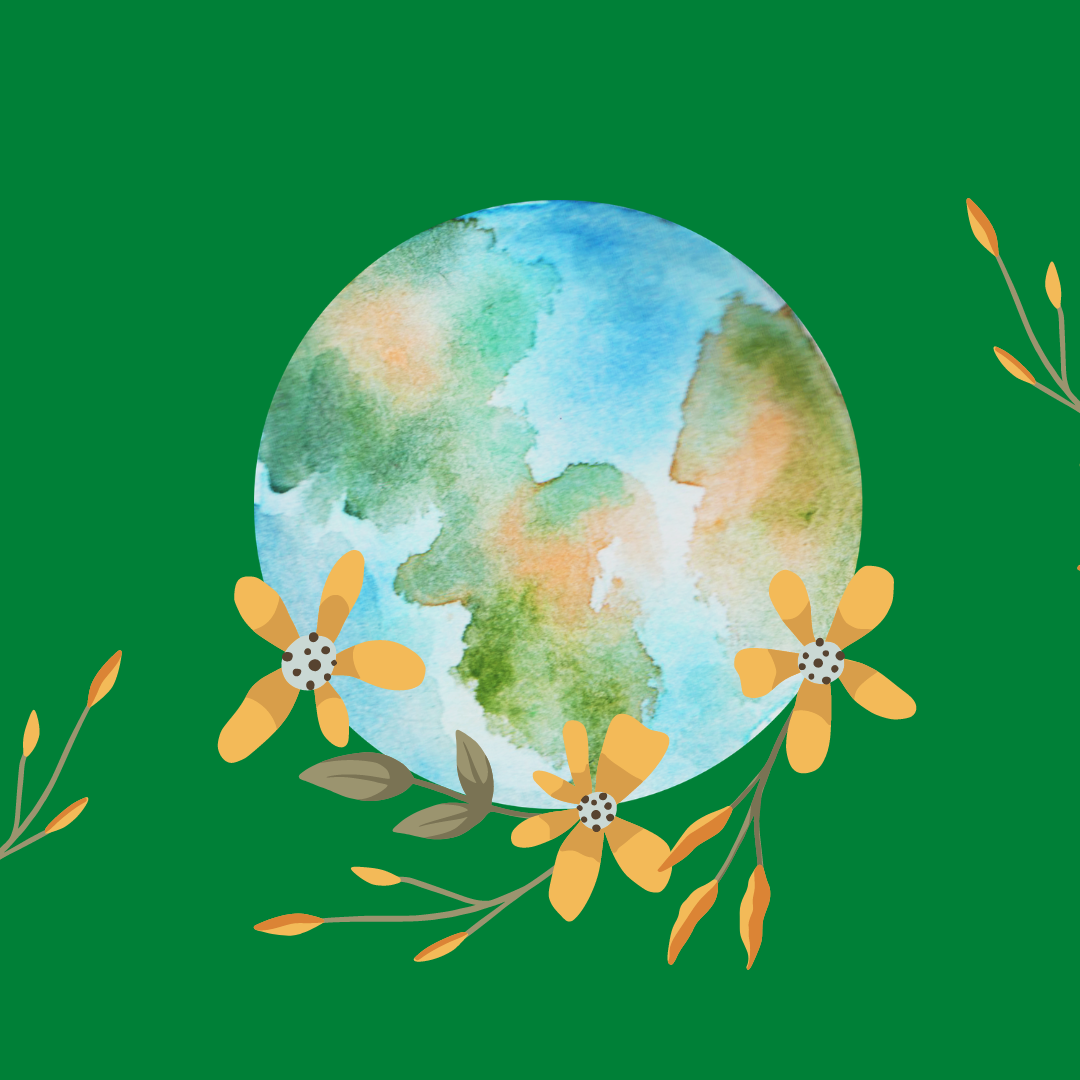✨ Support Small, Shine Big! ✨
💌 60% off with code FESTIVE on She Loves Blooms Jewellery 🌈
🛍️ Free AUS SHIPPING OVER $160🌻

Hiya lovelies!
With World Environment Day (5 June) closely upon us, we thought it would be a good time to share some information with you on how we can all contribute to the restoration of our environment and ecosystem. Yes, yes, I know it sounds like we are tackling a monster, but I truly believe the key to actually helping out is starting small.
World Environment Day has been celebrated every year on the 5th of June since 1974. On this specific day, the United Nations encourages people to raise awareness and take collective action to protect our environment and build a sustainable future.
The theme of the WED this year is Ecosystem Restoration. It is essentially based on the premise that ‘what is done is done’ and that we can’t go back in time. However, what we can do is take the right steps in restoring and repairing the damage that we have caused to our ecosystems.
Whether this involves growing more trees, rewinding gardens, cleaning up our rivers, coasts, and sea, or implementing greener and more sustainable plans for our cities, we have the capability to stop the damage. The vision is to basically leave the world in a better shape for all future generations.
In Singapore for instance, Deputy Prime Minister and Minister for Finance Heng Swee Keat outlined a 2021 budget plan which involves “a national movement and whole-of-society effort to build a sustainable Singapore for all generations.” In his plan, he acknowledged the importance of focusing on three main aspects in order to bring about change: technology, transportation, and financing. We can use these three pillars as guidelines for sustainability and apply them, on a smaller scale obviously, to our day-to-day lives.
For example, we can use technology to connect more freely and easily with each other, share ideas, awareness, and advice on how to build a more livable environment. In terms of transportation, we can start reducing the emissions produced by cars by switching to cleaner energy vehicles and car pooling. And while this may require building charging infrastructures and developing specific carparks, the end result will be well worth it.
I believe that when things start becoming normalized, we as humans instinctively start shifting our mindset. And in this example, I think that the more normalized electric vehicles and car pooling become, the more people will be discouraged from using internal combustion engine vehicles. And the result? A cleaner environment.
Green financing. Governments have the capacity to enable Green Finance, which essentially means using green bonds to push the flow of money towards sustainable development. In Singapore, “up to $19 billion of public sector green projects have been identified to be financed with green bonds as a start. One such project is Tuas Nexus, which integrates waste and water treatment facilities, and maximizes energy and resource recovery in the solid waste and used water treatment processes.”
And finally: Public Effort. We as a society must understand that simple tasks such as the consumption of water or electricity affects the environment. So let’s take it upon ourselves to start small. Here are a few things we’ve put together to hopefully encourage you to get in the habit of using resources more efficiently and sustainably:
For those of you interested in the protection of bees, we highly recommend visiting: https://www.beyondpesticides.org/programs/bee-protective-pollinators-and-pesticides/what-can-you-do which includes a lot of useful information.
We also suggest visiting She Loves Blooms to check out the most gorgeous little bee earrings designed by Emma from Little Pig Design. We guarantee you that these will be a conversation starter!
Comments will be approved before showing up.